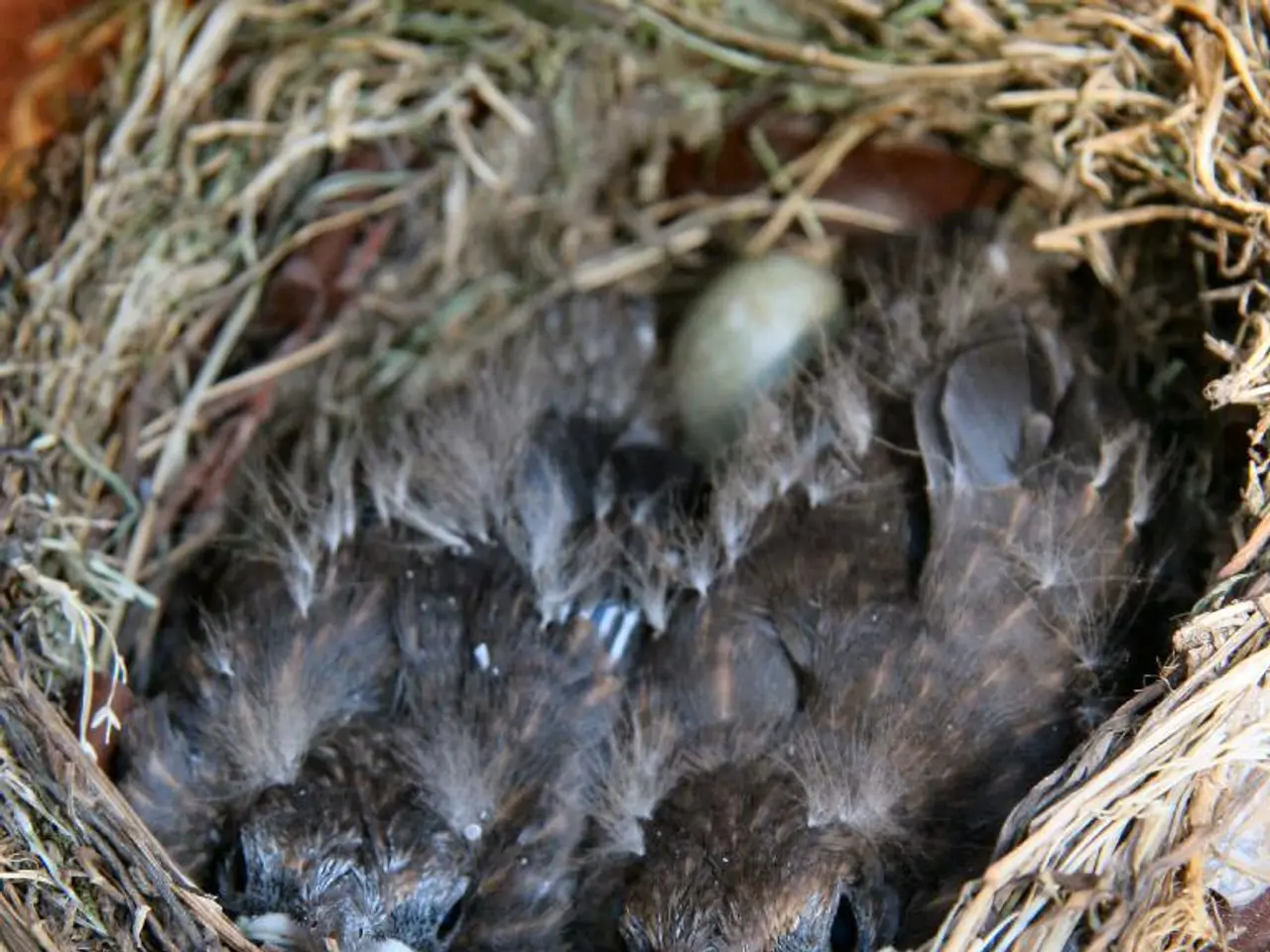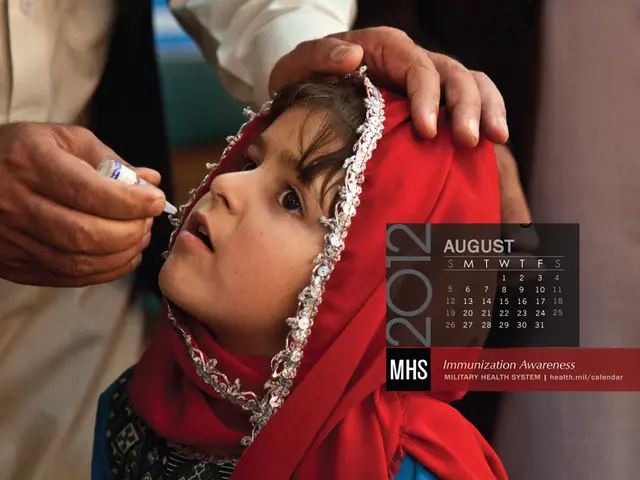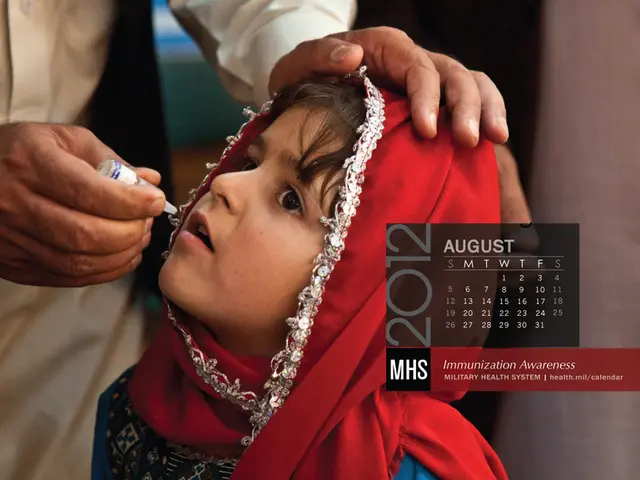Image of a mature Houbara Bustard (archives)
Study Reveals Impact of Male Courtship Displays on Female Bird Fertility
A groundbreaking study conducted by scientists from the University of Oxford has uncovered an intriguing connection between the appearance of male Houbara Bustards during courtship and the fertility of female birds. The findings, published in the online edition of the Proceedings of the Royal Society B, suggest that allowing female Houbara bustards to observe male courtship displays could significantly improve the quality of chicks produced in captivity.
The research, led by Adeline Loyau and Frederic Lacroix, involved 90 female Houbara bustards. The birds were divided into three groups: 30 watched healthy-male displays, 30 observed poor-male displays, and 30 saw nondisplaying females. The scientists meticulously controlled the experiment to ensure that sperm quality did not affect the results, randomly selecting the vials of semen used for artificial insemination.
The study revealed that females that watched healthy male Houbara bustards dance laid eggs containing about twice as much testosterone as the eggs laid by females that watched inferior dances or no dances at all. Interestingly, the study did not find a correlation between sperm quality and the amount of testosterone in the eggs laid by the stimulated females.
Testosterone is known to play a crucial role in building bone density and muscle mass in both genders. This finding is reminiscent of a previous study showing that flashier Great Tits produce stronger sperm, yet the quality of the sperm does not significantly affect the amount of testosterone in the eggs of female Great Tits.
The implications of this research could be far-reaching, particularly for breeding programs aimed at conserving endangered or threatened bird species. By highlighting the importance of mating displays, the study could pave the way for improvements in these programs.
Dirk Schmeller, a biologist at the Station d'Ecologie Experimentale du CNRS in Moulis, France, suggests that simple changes to the layout of breeding centers could potentially improve the quality of captive chicks. He posits that separating females from males could be detrimental to the quality of the chicks, and that allowing them to see each other might improve the quality.
If the chicks produced from stimulated females are released into the wild, their probability of survival could be higher than that of normally bred captive chicks. The Houbara bustard, a sandy-colored desert bird listed as "vulnerable" by the International Union for Conservation of Nature, could particularly benefit from such advancements in breeding practices.
In conclusion, the study provides compelling evidence that the appearance of male Houbara Bustards during courtship plays a significant role in the fertility of female birds. By understanding this connection, we can potentially improve breeding programs and, in turn, contribute to the conservation of threatened species like the Houbara bustard.
Read also:
- Understanding Hemorrhagic Gastroenteritis: Key Facts
- Stopping Osteoporosis Treatment: Timeline Considerations
- Tobacco industry's suggested changes on a legislative modification are disregarded by health journalists
- Expanded Community Health Involvement by CK Birla Hospitals, Jaipur, Maintained Through Consistent Outreach Programs Across Rajasthan






